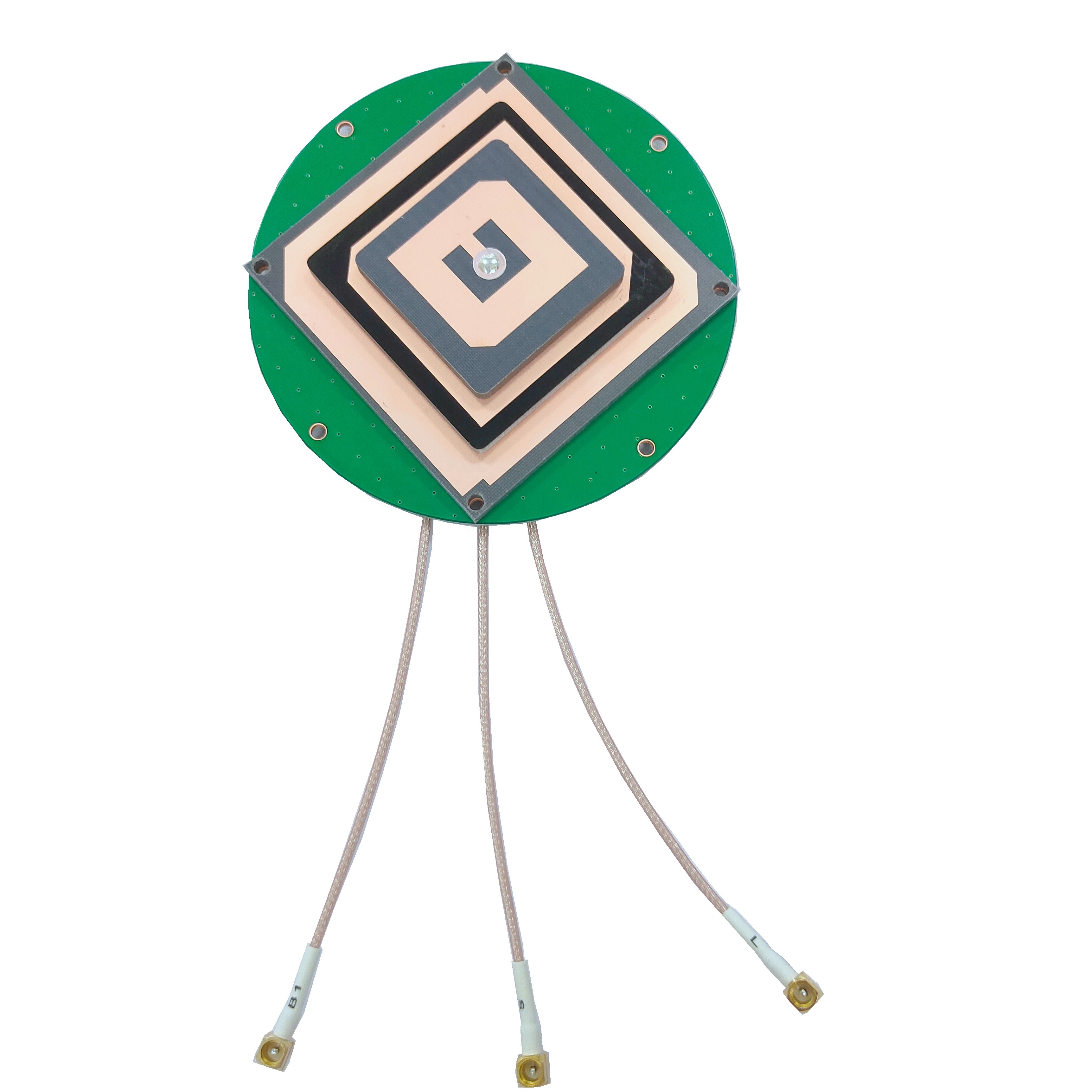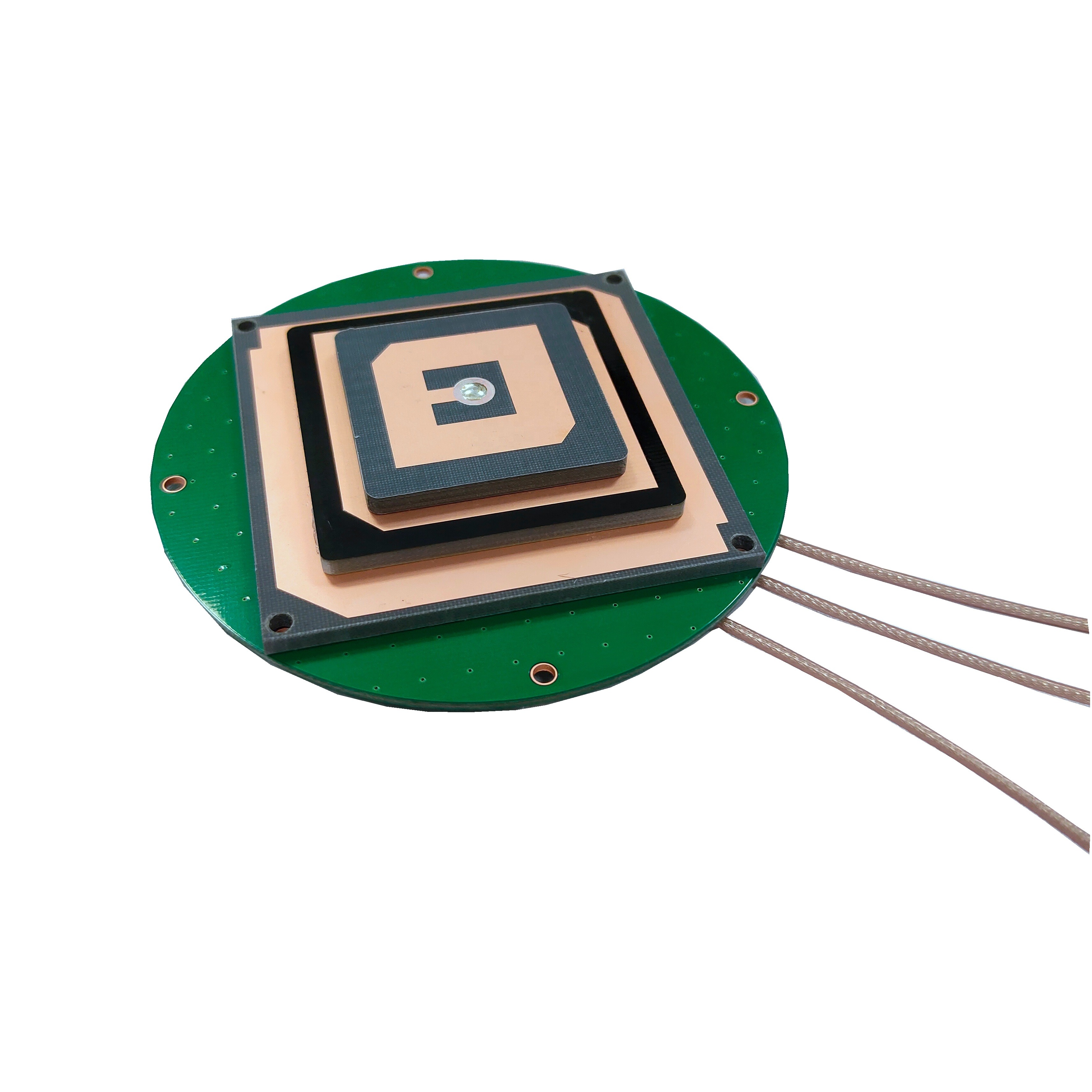5.1 Applications
5.1.1 Land Surveying
In land surveying, waterproof precision surveying GNSS antennas are indispensable. They are used to accurately measure property boundaries, create topographic maps, and establish control points. Surveyors can use these antennas to quickly and precisely determine the elevation and coordinates of points on the ground. This data is then used for various purposes, such as urban planning, infrastructure development, and land - use management. For example, when planning a new residential area, surveyors use GNSS antennas to accurately map the terrain and determine the best locations for roads, buildings, and utilities.
5.1.2 Construction
In the construction industry, these antennas play a crucial role in ensuring the accuracy of large - scale projects. They are used for site layout, foundation setting, and the alignment of structures during construction. For instance, in the construction of a bridge, a waterproof GNSS antenna can be used to precisely position the bridge piers, ensuring that they are in the correct location and at the right elevation. This helps in preventing structural problems and ensures the safety and durability of the finished bridge.
5.1.3 Precision Agriculture
Precision agriculture has seen a significant increase in the use of GNSS technology, and waterproof precision surveying GNSS antennas are at the heart of this application. Farmers use these antennas to precisely map their fields, monitor crop growth, and apply fertilizers and pesticides more efficiently. By knowing the exact location of different areas within the field, farmers can adjust their farming practices based on the specific needs of the crops. For example, they can apply more fertilizer in areas where the soil is less fertile, reducing waste and increasing crop yields.
5.1.4 Marine Navigation
In marine applications, waterproof GNSS antennas are used for ship navigation, offshore surveying, and underwater mapping. They provide accurate position information, which is essential for safe navigation, especially in areas with complex coastlines or shallow waters. For example, a fishing vessel can use a GNSS antenna to precisely locate fishing grounds, while a research ship can use it for underwater mapping and exploration.
5.2 Future Trends
5.2.1 Higher Precision
The trend in the future is towards even higher precision in GNSS positioning. New technologies and algorithms are being developed to further reduce the errors in positioning. For example, advancements in multi - frequency and multi - constellation processing are expected to improve the accuracy of waterproof precision surveying GNSS antennas. In addition, the use of real - time kinematic (RTK) and precise point positioning (PPP) techniques is likely to become more widespread, enabling sub - centimeter - level accuracy in more applications.
5.2.2 Integration with Other Technologies
There is a growing trend of integrating GNSS antennas with other technologies. For example, combining GNSS with inertial navigation systems (INS) can provide more continuous and reliable positioning, especially in situations where GNSS signals are blocked. Integration with sensors such as LiDAR (Light Detection and Ranging) and cameras can also enhance the capabilities of geospatial data collection. In the future, we may see more smart devices that integrate GNSS antennas with other sensors to provide a comprehensive solution for various applications.
5.2.3 Miniaturization and Energy Efficiency
As technology advances, there is a demand for smaller and more energy - efficient GNSS antennas. Miniaturization will make it easier to integrate these antennas into smaller devices, such as drones and handheld surveying equipment. At the same time, improving energy efficiency will reduce the power consumption of the antennas, extending the battery life of portable devices. New materials and design techniques are being explored to achieve these goals.
5.2.4 Enhanced Compatibility
With the continued development of new GNSS constellations and the evolution of existing ones, enhanced compatibility will be a key trend. Waterproof precision surveying GNSS antennas will need to be able to work seamlessly with a wider range of GNSS signals and receivers. This will require manufacturers to invest in research and development to ensure that their antennas can adapt to the changing technological landscape.
Conclusion
Waterproof precision surveying GNSS antennas have become an essential part of modern geospatial technology. Their ability to provide accurate positioning data in harsh environmental conditions has made them indispensable in various industries, including land surveying, construction, agriculture, and marine navigation. Through careful design and construction, these antennas are able to withstand water, dust, and other environmental factors while maintaining high - performance capabilities.
The working principles of these antennas, from satellite signal reception to interaction with GNSS receivers, are well - understood and continuously refined. They offer significant advantages such as high precision, weather resistance, durability, and versatility. However, they also face challenges such as multipath interference, signal blockage, cost, and compatibility, which the industry is actively working to overcome.
Looking to the future, the applications of waterproof precision surveying GNSS antennas are expected to expand further, driven by trends such as higher precision, integration with other technologies, miniaturization, energy efficiency, and enhanced compatibility. As technology continues to advance, these antennas will play an even more crucial role in enabling accurate and reliable geospatial data collection and positioning, opening up new possibilities for a wide range of industries and applications.




































































 Language
Language
 En
En Cn
Cn Korean
Korean

 Home >
Home > 







 18665803017 (Macro)
18665803017 (Macro)













